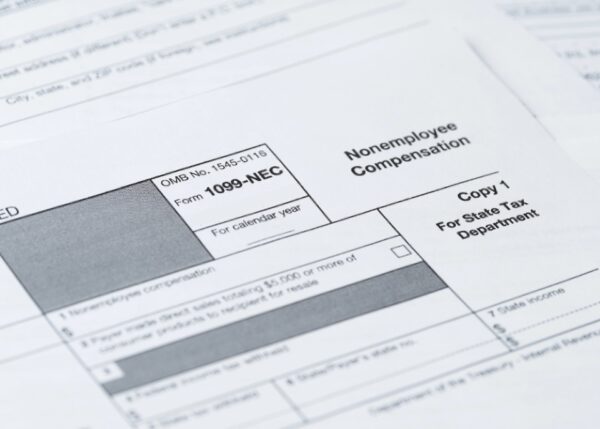Key Takeaways
- Estate tax thresholds are increasing, creating new opportunities for wealth transfer and succession planning.
- Standard deductions and tax brackets are increasing for 2026, which could impact how much you owe or how much you save.
- Credits and exclusions, including the adoption credit and earned income tax credit, are getting inflation adjustments that could benefit your household.
- Business-related benefits, like the childcare tax credit and flexible spending limits, are rising, offering more ways to manage expenses.
The IRS has announced its annual inflation adjustments for 2026, and they can add up to big differences for dental practice owners and their families. These changes will apply to tax returns filed in 2027, but now is the time to start planning so you’re not caught off guard.
Bigger Standard Deductions for Most Filers
One of the most notable updates is the higher standard deduction, which reduces the amount of income subject to tax. For 2026, the new amounts are:
- $32,200 – Married couples filing jointly
- $16,100 – Single filers or married filing separately
- $24,150 – Heads of household
This means you’ll keep more of your income tax-free, which can be especially valuable if you’re reinvesting profits into your practice or saving for retirement.
Updated Tax Brackets: Where Your Income Falls Matters
While the top marginal tax rate remains 37%, income thresholds are shifting upward. Here’s how the 2026 brackets break down for single filers (married filing jointly thresholds in parentheses):
- 35% for income over $256,225 ($512,450)
- 32% for income over $201,775 ($403,550)
- 24% for income over $105,700 ($211,400)
- 22% for income over $50,400 ($100,800)
- 12% for income over $12,400 ($24,800)
- 10% for income below $12,400 ($24,800)
For practice owners, these bracket shifts could affect how you time income, bonuses, or equipment purchases. Strategic planning now can help reduce your overall tax liability.
Planning for the Future: Estate and Gift Tax Updates
Succession planning is essential for any dental practice, and new thresholds may open the door for more tax-efficient transfers:
- Estate Tax Exemption: Rises to $15 million, up from $13.99 million.
- Annual Gift Exclusion: Remains at $19,000, while gifts to a non-U.S. citizen spouse increase to $194,000.
If you’re thinking about transitioning your practice or passing wealth to the next generation, these changes could significantly reduce your tax burden.
Business and Employee Benefits: Expanded Opportunities
Running a practice isn’t just about patient care; it’s also about smart business decisions. Several inflation adjustments for 2026 could impact how you compensate and support your team:
- Child Care Tax Credit: Increases from $150,000 to $500,000 for employer-provided care (up to $600,000 for eligible small businesses).
- Flexible Spending Accounts (FSA): The annual salary reduction limit increases to $3,400, with a $680 carryover option.
- Qualified Transportation Benefits: Monthly limits increase to $340.
These higher limits provide more ways to offer competitive benefits, which can support retention and reduce turnover in a tight labor market.
Key Personal and Family Tax Benefits
In addition to practice-level planning, individual taxpayers will see changes that can impact household finances:
- Adoption Credit: Up to $17,670, with $5,120 refundable.
- Earned Income Tax Credit (EITC): The maximum credit for families with three or more children increases to $8,231.
- Foreign Earned Income Exclusion: Rises to $132,900.
These adjustments offer new planning opportunities, particularly for dental professionals with growing families or global income considerations.
Why Early Planning Matters for Dental Practices
These changes don’t just affect your next return; they can shape your entire tax strategy. Whether it’s timing revenue and expenses, updating your compensation structure, or planning for succession, proactive tax planning is key to minimizing what you owe and maximizing what you keep.
At Edwards & Associates, we work exclusively with dental professionals to translate IRS changes into actionable strategies for your practice and personal wealth. The earlier we start planning, the more opportunities we have to protect your income and grow your financial future.
The 2026 tax landscape is shifting in ways that could directly affect your practice, your team, and your personal finances. Don’t wait until tax season to react; plan ahead for the most flexibility.




